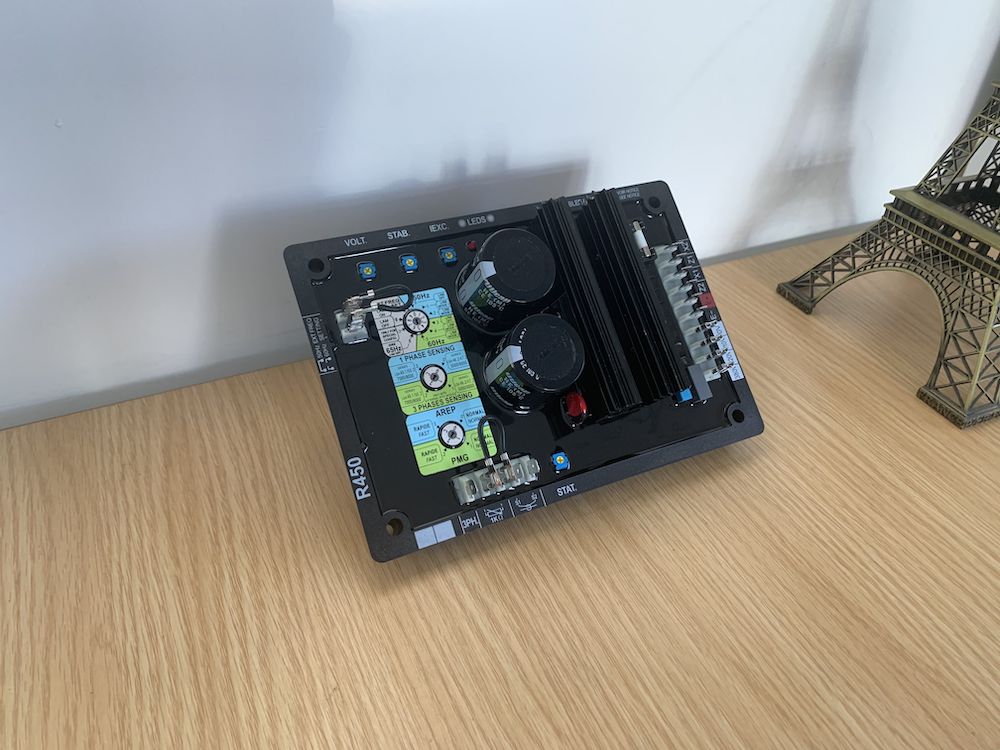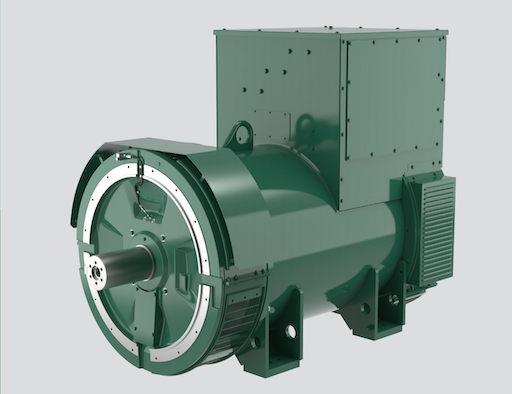Power Output And Power Absorption Difference
In power system and circuit analysis, we often encounter the concepts of "power out" and "power absorption". They describe the role of circuit elements in the process of power conversion and are the key to understanding and analyzing circuit behavior. This article will first give a brief answer to judging power out and power absorption, and then elaborate on the relevant principles and judgment methods. I. Brief answer In a circuit, if a component (such as a power supply or generator) provides power to other parts, we say it is "emitting power". On the contrary, if a component (such as a load or resistor) consumes power from the circuit, we say it is "absorbing power". In short, power out is the provider of power, while power absorption is the consumer of power. II. Detailed analysis Basic concept of power Power is a physical quantity that describes the work done per unit time, usually in watts (W). In a circuit, power represents the rate of power conversion, which can be the conversion of power into other forms of energy (such as heat energy, light energy, etc.), or the conversion of power between different voltage or current levels. Power out Power out is usually associated with power supply or power generation equipment. For example, batteries, generators, or AC power supplies are typical power providers. When these devices are working, they convert other forms of energy (such as chemical energy, mechanical energy, etc.) into electrical energy and provide it to the load through the circuit. In this process, the power supply or power generation device is emitting power. The calculation of emitted power usually involves the measurement of current and voltage. In a DC circuit, the emitted power is equal to the product of current and voltage (P = IV), where I is the current and V is the voltage. In an AC circuit, because the voltage and current may change over time, more complex formulas are required to calculate the average or effective power. Absorbed power Absorbed power is associated with the load element in the circuit. The load can be any device that consumes electrical energy, such as a resistor, a motor, a light bulb, etc. When current passes through these loads, the electrical energy is converted into
View More

